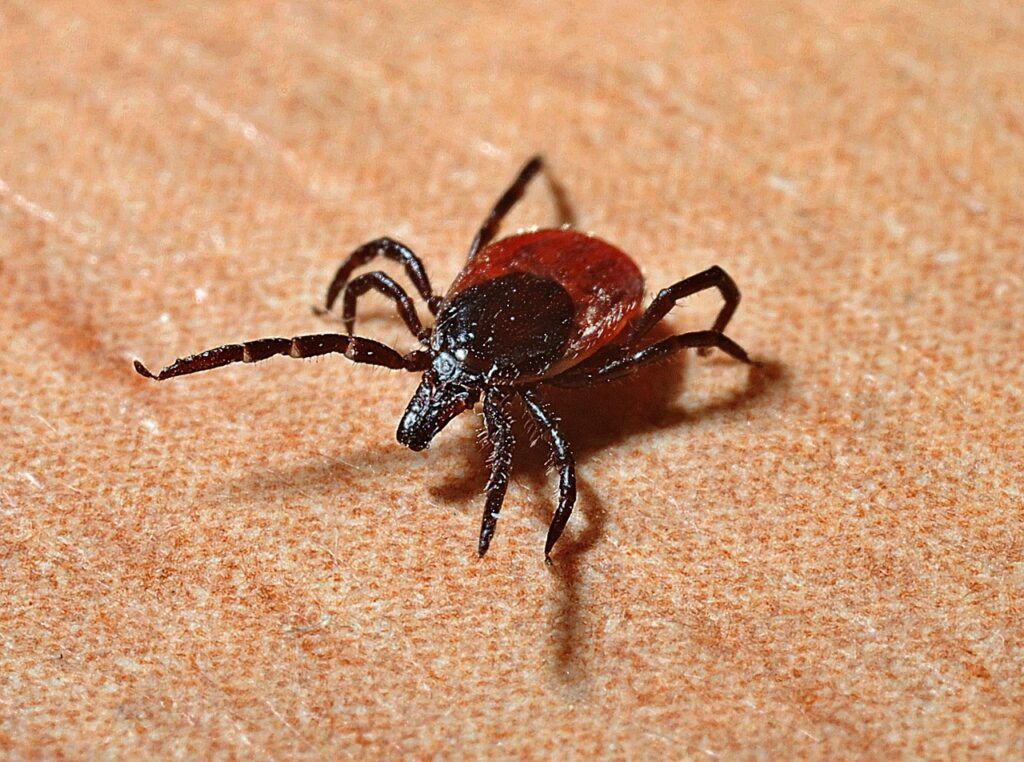What Laboratory Professionals Need to Know About Lyme Disease
Lyme disease, driven by infection from Borrelia species and marked in its early stages by the appearance of erythema migrans (EM), remains a significant public health challenge in endemic regions. This article outlines key insights from the FDA’s 2025 guidance on developing therapeutics for early Lyme disease, with a special focus on the roles laboratory professionals play in diagnostics, trial support, and antimicrobial development. It covers everything from clinical trial structure to microbiological tools, safety considerations, and regulatory expectations, offering a comprehensive overview tailored to professionals engaged in infectious disease and pharmaceutical research.
What is Erythema Migrans?
Erythema migrans (EM) is the hallmark lesion of early Lyme disease, typically appearing within a month of a tick bite. It may present as a single expanding red rash or multiple lesions in disseminated cases. Early localized disease (a single EM lesion) and early disseminated disease (multiple EM lesions) are the focus of this FDA guidance.
Importance of Early Detection
Because serologic tests often yield negative results in early Lyme disease, diagnosis heavily relies on clinical presentation. Laboratory professionals play a crucial role in educating clinicians about test limitations and supporting accurate diagnosis through microscopy, serology, and molecular techniques when warranted.
FDA Clinical Trial Guidelines for Lyme Disease Drug Development
Trial Population
- Inclusion: Patients with early localized or disseminated EM who reside in or travel to endemic areas.
- Exclusion: Those with arthritis, myocarditis, cranial neuropathy, or co-infections (e.g., anaplasmosis, babesiosis).
- Pediatrics and Pregnancy: Special considerations for trial inclusion following phase 1/2 adult data and nonclinical reproductive studies.
Trial Design
- Randomized, controlled, and double-blind trials are expected.
- Placebo controls are not acceptable, unless using an add-on design.
- Superiority or Non-Inferiority (NI) trials are permitted.
- Stratification by disease severity and age group is recommended.
Efficacy Endpoints
Primary Endpoint:
- Clinical success at 6 months: resolution of EM and no new Lyme-related manifestations.
Secondary Endpoints:
- Success/failure assessments at 30 days and 12 months.
Additional Considerations:
- Development of patient-reported outcomes (PROs) is encouraged but none are currently validated for EM.
Statistical Framework
- Primary Analysis: Based on intent-to-treat population.
- NI Margins: A 10% margin is justified based on meta-analysis (see Table 4, page 16 of the guidance).
- Adjustments for Baseline Covariates: Recommended to increase precision.
- Data Integrity: Virtual follow-ups are encouraged to minimize missing data.
Safety and Diagnostic Considerations in Lyme Disease Trials
Safety Database Requirements
- Minimum of 800 participants at intended dose/duration for novel drugs.
- May increase depending on adverse event profiles or prior human data.
Pharmacology & Toxicology
- Preclinical testing required under ICH M3(R2) guidelines.
- Emphasis on the 3Rs (Reduce, Refine, Replace) in animal testing.
Microbiological Tools and Methods
Serology
- Not required for typical EM.
- May be used for atypical presentations using FDA-cleared antibody assays.
Antimicrobial Susceptibility Testing (AST)
- No standardized method exists for Borrelia species.
- Minimum inhibitory concentration (MIC) testing and genotypic analysis may support proof-of-concept work.
Animal Models
- Tick-infected animal models evaluated using:
- Bacterial outgrowth assays
- Xenodiagnostic tests
- PCR for Borrelia DNA
- Immunohistochemistry
Evaluating Doxycycline in Lyme Disease Treatment Trials
The FDA used a meta-analytic framework to justify using doxycycline 100 mg BID for 20-21 days as an active comparator in NI trials. Key findings include:
| Study | Resolution Rate | Notes |
|---|---|---|
| Dattwyler 1990 | 94.6% | 2 unevaluable cases |
| Massarotti 1992 | 90.9% | 1 true failure, 1 unevaluable |
| Combined | 93.6% | 95% CI (87.4–99.8) |
Compared to untreated patients (meta-analyzed resolution rate of 60.2%), doxycycline demonstrates a substantial treatment effect:
| Metric | Estimate |
| Doxycycline vs. no treatment | +33.4% (CI 21.6–45.2%) |
| Minimum treatment effect | 17.1% |
| FDA-accepted NI margin | 10% |
Labeling and Regulatory Requirements for Lyme Disease Therapies
- Drug labels must reflect the specific Borrelia species and population studied.
- Pediatric extrapolation is permissible with strong adult data.
- FDA encourages early discussion for including pregnant and pediatric participants.
Final Thoughts on Lyme Disease Guidance
For laboratory professionals involved in infectious disease research, diagnostics, or regulatory science, the FDA’s 2025 guidance on developing drugs for early Lyme disease highlights critical expectations for trial design, safety evaluation, and microbiological validation. It underscores the importance of timely, evidence-based intervention in early EM cases and the use of robust clinical methodology to establish the efficacy and safety of new therapeutics.
As tick-borne illnesses become increasingly prevalent, laboratory stakeholders will play a vital role in shaping diagnostic tools, validating biomarkers, and supporting clinical research frameworks that align with these updated regulatory pathways.
This content includes text that has been generated with the assistance of AI. Contract Laboratory encourages the use of new tools and technologies that enhance our editorial process. Our full editorial policy can be found here.

